Injury Prevention: Rock Climbing’s Ultimate Crux
Raise a calloused chalky hand if you’ve had injuries delay your progress toward being the best climbing version of yourself 🖐
Sure, some people climb for years without injury, but it’s extremely rare to find someone who has been climbing for any length of time that has avoided injury entirely. Often, there are numerous factors involved: training habits, previous injury history, or plain bad luck. Regardless of how you’ve become injured in the past, there are a few principles that are important to understand if you’re to avoid injury in the future. Keep reading to learn more about the four cruxes that I’ve noticed repeatedly dry-fire climbers on to belay or spotting duty.
4 Cruxes to Injury Prevention
Tendon Adaptation
First, it’s important to differentiate tendon from muscle.
Muscle is made up of varied numbers of muscle fibres – these are comprised of protein blocks call myofibrils that enable muscle contraction. Meanwhile, tendons act as the connection between a muscle and its bony attachment. Tendons don’t have the myofibrils that muscles do so they are unable to contract. Instead, they are made of collagen and elastin which make them quite strong and stiff in comparison.
Since both are different, they serve different functional purposes. When the muscle contracts and force is generated, the tendons transfer this force to the bone. This transfer of force allows us to move us through our environment (such as through a cruxy set of moves).
When training, the composition of muscles allows for more rapid adaptations to load (i.e., the muscle gets stronger, rather quickly). Conversely, the composition of tendons means that increasing tendon strength takes much longer. So, increasing muscle strength allows us to generate more force but that force still needs to be transferred to the bone via the tendon. If our tendons have not yet increased in strength relative to the muscle, then pulling harder with our newfound muscle strength increases the load that the tendon is required to transfer. Since the tendon adapts slower, this leads to increased injury risk.
All the above is great, but what does it mean for injury prevention? Essentially, risk of tendon injuries (particularly in the fingers) can be mitigated by slowly increasing load on the tendons over time. This might be avoiding bodyweight hangs on the hangboard initially and sticking to sub-bodyweight hangs only (e.g., feet on ground). Or it might mean working into the crimpier routes more slowly than your muscle strength might otherwise allow.
Tendons love load. More importantly, tendons love to be loaded with gradually increasing intensity, consistently and over a long period of time. So, if you haven’t been loading your tendons consistently over a long period of time, laying off the 1-finger mono pockets for now is likely a wise thing to do.
Rest
The capacity for our body to perform and stay healthy is directly linked to its ability to rest and recovery adequately in between training/climbing sessions. Rest is multifaceted and requires the climber/athlete to be adaptable. All other components being equal, training for 90 minutes after a good night sleep and in dry 18-degree weather is much different than training for 90 minutes when you’ve slept poorly and it’s humid 30-degree conditions. As such, recovery within and outside of the session will be different and full recovery will require different strategies given that the toll on the body is not always equal.
Holistic rest & recovery requires we consider all elements: sleep, nutrition, mental fatigue, and life demands such as kids or work, amongst many things. If we are lacking in any one area, our body is often able to compensate, at least temporarily. The more areas of recovery we neglect, the less our body can compensate, and for a shorter time. If we don’t address the neglected components of recovery and instead continue climbing/training in the same manner, injury is nearly inevitable.
Some strategies to maximize recovery include:
Avoid going to bed hungry – our bodies need fuel to recovery and build stronger.
Put the phone away 30 minutes before bed and let your body unwind/disconnect before you close your eyes.
Incorporate rest days into your training plan – they don’t need to be total rest but should involve consciously avoiding further fatiguing the worked areas i.e., go for a casual walk but avoid doing a bunch of pullups if you’re trying to rest/recover your upper body.
Adopt the mindset that not every day is a ‘send your hardest project ever’ day. Some days should be focused on lower intensity training focusing on improving weaknesses and developing your technique.
Warm-ups
Have I asked you what you do for a warm-up?
A proper warm-up, that functions to engage all the muscle groups involved in your session, is essential to performance and injury prevention. And guess what? In climbing, you use your entire body to climb – so, you need to make sure it’s all warmed up adequately. This may sound daunting, but a good warm-up should be doable in less than 20 minutes and leave you feeling ready to climb at your best while mitigating injury risk.
While there are as many effective warm-up ideas as there are routes that I can’t climb (a lot), there are a few things that do not work well for warm-ups.
Stretching statically and listening to hype music – the hype music is great, but the static stretching not so much. This is something I harp on a lot, but it’s for a reason. It impairs force generation, balance, postural control and increases injury risk. A static stretching example would be reaching to your toes and holding that position for a length of time. If you’re going to stretch before a session, do dynamic stretching instead. Dynamic stretching involves movement of the limb through a range e.g., hip swings or arm swings. Static stretching can be super effective but not before you exercise/climb
Max intensity movements or exercises – The goal of a warm-up is, not surprisingly, to warm your body up and prepare it to perform well/decrease injury risk. So, there’s little point in fatiguing your muscles to the point that they are unable to work optimally during the session. Aiming to achieve an intensity where you can still talk clearly but have an elevated heart rate/early stages of a sweat response is a nice and easy goalpost to aim for when warming up.
High duration/prolonged warm-ups – You’re there to climb (or train), right? Make your warm-up time efficient and get on with the good stuff. For me, that’s grasping wildly for a hold that isn’t there as I fall helplessly through the air. For you? Maybe it’s being the fun-loving crusher we know you are. Either way, keep the warm-up under 20 minutes. It will keep you fresh while still achieving the goal of preparing your body for the task of sending.
Warming up solely on the wall – Many of you have probably heard of the 100-move warm-up. Sure, this is better than not warming up at all and instead, immediately jumping onto your overhanging crimpfest of a project. But, compared to warming up off the wall, there’s no comparison. Off the wall is better.
While climbing, there is inherent variability in the way we control our movements. When we train or climb, our body has a certain capacity for the stress and the perturbations/movements on the wall eat into that capacity. Instead, we’d be better off saving that capacity for the routes that we want to try hard on. When warming up, we have increased control of our movements (i.e., we aren’t surprised by the texture or shape of a hold) and are better able to prepare our bodies to move well while conserving our body’s fuel tank for the physical stresses to come later in the session.
Easy climbing isn’t bad and can be a great tool for improving, but in the context of warming up, it’s using up your capacity for the day on miles that don’t matter. Save it for the harder stuff you want to climb and warm-up off the wall.
Intensity/Frequency/Duration
The more intensely we train/climb, the less frequently we should do it/more rest we will need. Similarly, duration also matters. If we have a hard training session that is physically taxing on our body, then the session should either be shorter duration or have longer rests between attempts, depending on the goal (or both). This is seen all the time with elite level climbers projecting hard routes – on a 5.15 route, the climber might only take 2-3 burns on the project over the course of the full day with increased rest needed between days. This is necessary to allow the body to recover sufficiently between attempts due to the high degree of intensity.
When we climb, we create micro tears in our muscle fibres that are necessary for the muscles to recover bigger/stronger/faster. The higher the intensity, the more micro tears. So, without adequate rest, these tears fail to fully heal and can lead to injury over time.
That said, for most climbers, it doesn’t mean that just because you’re climbing easy routes you should climb non-stop for 4 hours. It just means that, because the stresses are lower, our body will tolerate more than at the higher intensity. There are still limits, especially with our finger tendons, when climbing easy routes for long periods. Rest is needed, it’s just likely to be less between attempts.
Big takeaway
Most climbers, despite all best efforts, end up injured at some point over the course of their climbing lifetime. But, with thoughtful consideration, likelihood of injury can be greatly minimized, and the send train boarded more often. Reach out to me at ben@coronaphysio.com if there are any training or injury concerns. Happy climbing!
Written by Benjamin Boyd, MScPT






